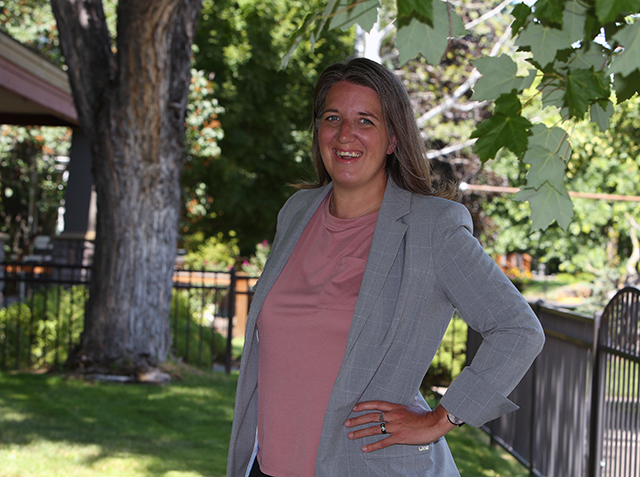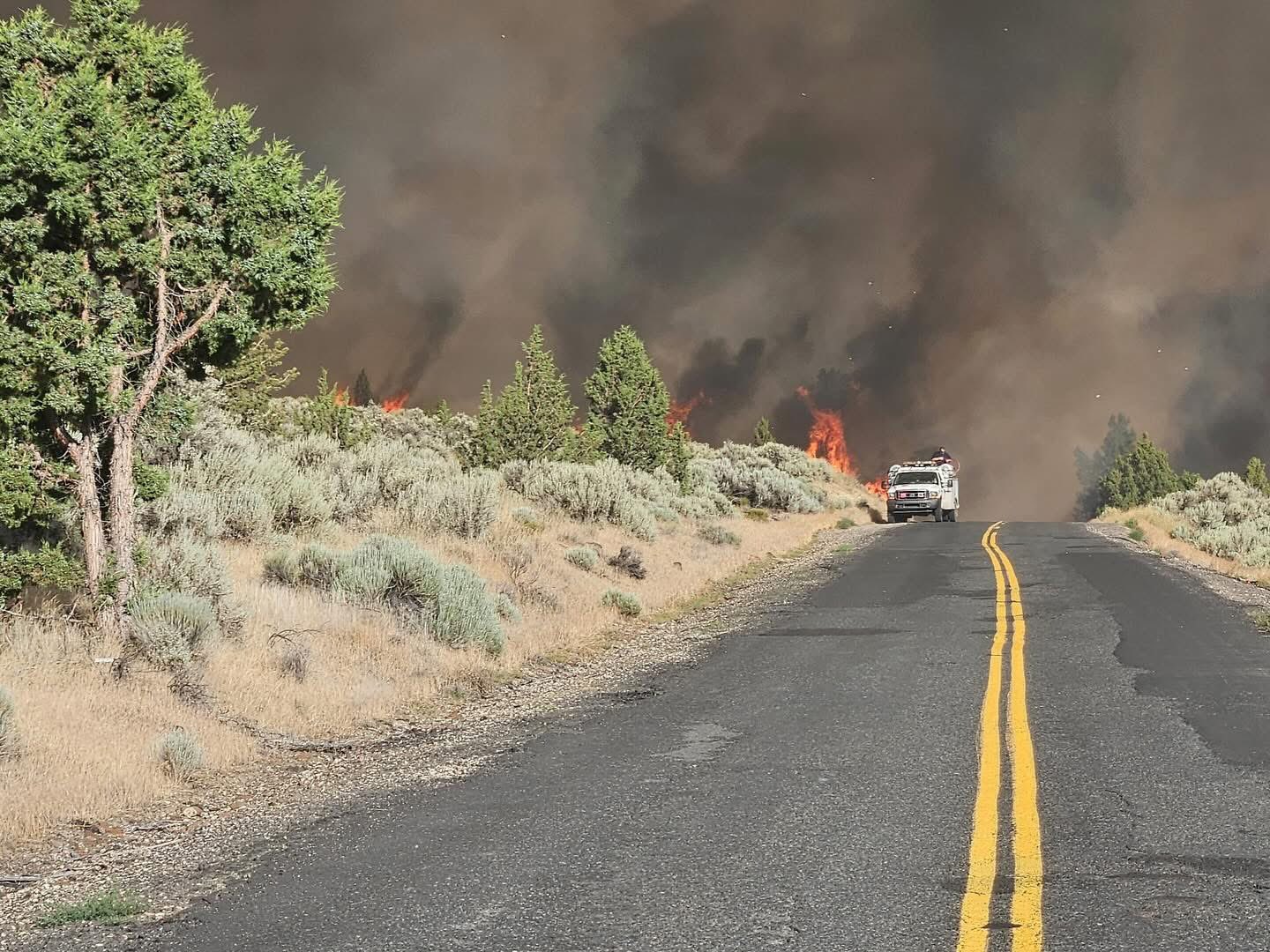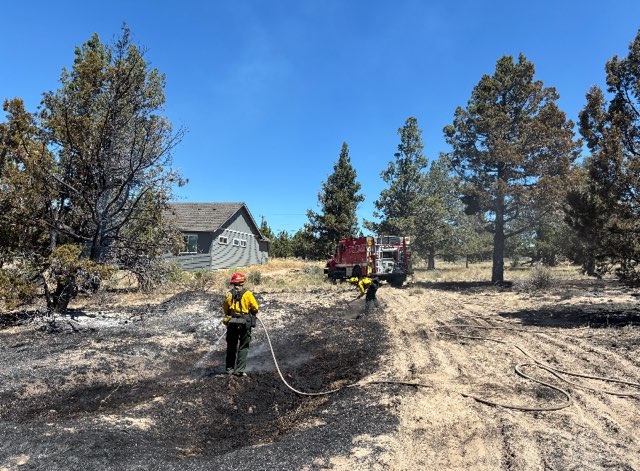Book chronicles Yosemite deaths
Published 5:00 am Friday, April 6, 2007
A drunk tourist falling off a 1,430-foot waterfall, a marijuana-filled airplane crashing into a pristine high-country lake and a Russian immigrant jumping off Half Dome to free his soul are a sampling of the compelling stories that fill a new book chronicling all known deaths in Yosemite National Park.
Other stories include a 2-year-old who died after eating spoiled peaches in 1868, a logger who shot and killed another man in 1918 after an apparent dispute over prostitutes and a 20-year-old man who accidentally fell off Glacier Point last year while trying to retrieve his digital camera.
Trending
”Off the Wall: Death in Yosemite” was released last week, and the book’s co-authors, Michael Ghiglieri and Charles ”Butch” Farabee, were in the park for a speech and book signing.
Ghiglieri – who wrote a similar book about deaths at Grand Canyon National Park – said his intent with the Yosemite book was twofold: to compile a history of the park’s deaths while at the same time entertaining people with real-life accounts of fatal mistakes.
”The amount of research involved was unbelievably tedious,” said Ghiglieri, an ecologist and professional wilderness guide who lives in Arizona. ”I wanted to know every possible detail because that makes for better stories.”
Those stories of death include rock climbing accidents, river drownings, suicides, lightning strikes, free-fall BASE jumpers whose parachutes malfunctioned, lost hikers who’ve mysteriously disappeared, dramatic car crashes, gruesome murders and more.
Ghiglieri said he wanted to intersperse some survival stories to keep the 608-page book less predictable.
”People’s fascination with death seems morbid, like cheap thrills,” he said. ”But underlying that fascination is learning lessons that could save lives.”
Trending
Indeed, there are lessons to be learned.
In the ”Drowning” chapter, for example, readers learn not to smoke pot and drink beer before swimming.
A 29-year-old man attending a bachelor party at the park in 1991 smoked two bowls of marijuana and drank four beers before diving into the South Fork of the Merced River and drowning, the book states.
The book’s first chapter, ”Waterfalls,” describes the different ways people have fallen off waterfalls, such as playfully posing for a picture atop a waterfall after drinking lots of wine.
That was the case with a 21-year-old Irishman who pretended to go over Upper Yosemite Fall, and actually did.
”Learning that people fell off waterfalls blew my mind,” Ghiglieri said.
Another lesson taught is not to feed wildlife.
While picnicking with his parents in 1977, a 5-year-old boy from Clovis fed a spike mule deer potato chips.
”The deer spooked, jerked upward and gouged the right side of the boy’s chest with a 5-inch antler that punctured his lung and nicked a pulmonary artery,” the book states.
Farabee, who retired in 1999 after a 34-year career with the National Park Service, served a 10-year stint as a Yosemite National Park ranger.
In early 1977, he was called out to one of the park’s most bizarre accidents – an infamous airplane crash at Lower Merced Pass Lake, southeast of Glacier Point.
In that accident, two Seattle men were aboard a World War II-era plane that was flying about five thousand pounds of marijuana from Mexico to Nevada.
”The plane lost its starboard engine and crashed into the lake,” the book states. ”A variety of Yosemite-ites salvaged possibly a ton of contraband before being stopped.”
Backcountry skiers found the downed plane and reported it to the Park Service. When word spread that large amounts of marijuana were lying untouched in the wilderness, people like concession employees and rock climbers hiked in, some with chain saws and scuba gear, to retrieve the pot, Ghiglieri said.
”The dope plane was interesting because it was like this perfect little 1970s time capsule, capturing the whole druggie era,” he said.
In addition to fatal accidents, ”Off the Wall: Death in Yosemite” delves into deaths that are on the darker side.
The book lists off about 60 suicides – the earliest being a hotel manager who shot himself in the chest on Christmas Day 1910 – to the most recent – a barefooted Iowa man who wandered away from his campground last year and was found in a pool along Cascades Creek.
One of the more interesting suicides, Ghiglieri notes, took place in the summer of 1925 when two young men found a discarded coat containing a suicide letter and a will, written and signed by a 55-year-old Polish man.
”(The man) had inherited $250,000 then squandered it. Depressed, he jumped 1,430 feet off the cliff” of Upper Yosemite Fall, the book states.
Thirty-one years later, another lonely man left a note expressing his intent to jump off Half Dome.
”In his car he left several letters, one to the park superintendent apologizing for jumping but requesting his bones remain where they fell (they were removed),” the book states.
In 2001, 24-year-old Vladimir Boutkovski also committed suicide by jumping off Half Dome.
”At 6:30 a.m., three climbers on the face of Half Dome heard a whoosh and saw a man falling past in a skydiving position,” the book reads. ”Boutkovski, a recent Russian immigrant who had been following the teachings of Carlos Casteneda and believed in magic and mysticism, had jumped to free his spirit from the bounds of earth.”
Along with suicides, the book includes 44 murders ranging from those involving Native Americans in 1851 to Cary Stayner’s infamous murder spree spanning from February to July of 1999.
The book contains graphic transcripts of Stayner describing how he killed four women and disposed of their bodies. At one point, he discusses driving to Sonora with two of the women’s bodies in his car’s trunk.
”I drove towards Sonora and I went through Sonora. At one time, I was surrounded by CHP officers at an intersection in Sonora,” he said. ”I drove to New Melones Lake and I was gonna drive the car off into the lake, but there was someone down there fishing. So I got out and threw the pillowcase with all that debris with sheets, clothes and duct tape into a dumpster. And I drove back to Sonora.”
A chart at the back of the book lists statistics for all deaths in the park, including medical emergencies like heart attacks.
Included in those statistics are all the deaths during the construction of O’Shaughnessy Dam, which holds back Hetch Hetchy Reservoir and is in the Tuolumne County portion of the park.
Falling rocks and concrete buckets, along with getting struck by loose cables, were among ways dam workers met their demise.
One man, 37-year-old Ed Castraine, got his shirt sleeve caught in the revolving belt of a rock crusher in 1921.
”When his coworkers found him he was minus his right arm, which had been severed at the shoulder,” the book reads. ”He died 12 hours later of shock and loss of blood.”
The chapter ”Freak Accidents and Errors” lists accounts of people being struck by lightning on Half Dome, a Hetch Hetchy employee getting electrocuted, loggers trapped under felled trees and a Fresno psychiatrist who died by choking on a large piece of steak at the Ahwahnee Hotel.
Yosemite spokesman Scott Gediman said, given the book’s subject matter, he suspects people will be curious about ”Off the Wall: Death in Yosemite.”
”I think there’s a lot of interest in the history of the park,” he said. ”We’re not promoting all these fatalities, but they’re certainly part of the park’s history.”








